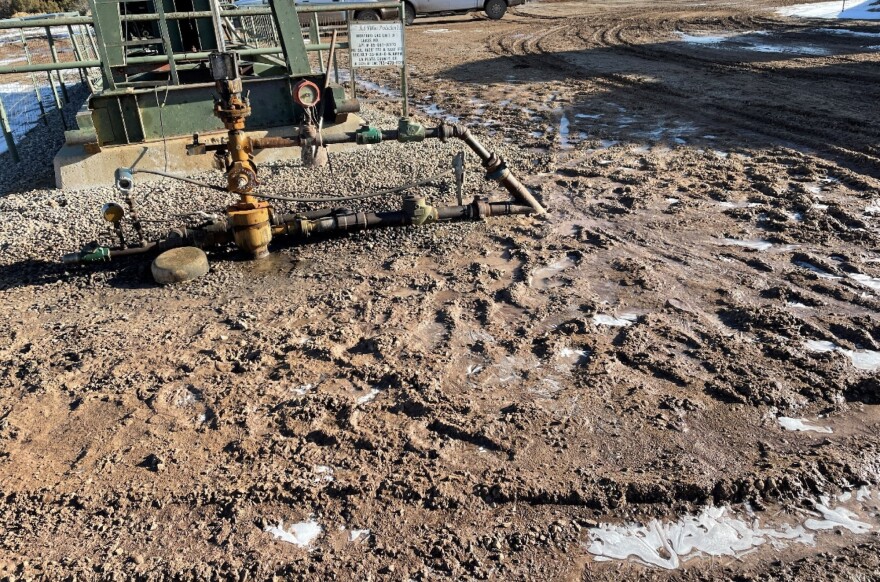Oil spills that companies reported last year in Colorado, New Mexico and Wyoming – the Mountain West's top oil- and gas-producing states – totaled a minimum of roughly 900,000 gallons, according to a Center for Western Priorities analysis of state data.
The conservation group has tracked spills related to oil and gas extraction for a number of years. Between New Mexico, Colorado and Wyoming, the center counted nearly 2,500 spills in 2022. Of the 7.7 million gallons of total spilled liquids reported, 6.8 million gallons were produced water – the water brought to the surface during oil and gas drilling.
New Mexico – by far the region's top oil-producing state – saw the total number of spills rise 6% to 1,455 in 2022. In Colorado, the 473 spills represented a 16% increase.
But in Wyoming, the 521 spills reported by producers in 2022 represented a nearly 19% annual drop. Report author and center spokesperson Kate Groetzinger said more data is needed to know if fewer spills last year is part of a sustained trend, but it was welcome news.
“We did see a decrease in spills in Wyoming, which is great to see,” she said. “It indicates that operators may be improving their equipment or their use of their equipment there.”
“Regardless of whether they're going up or down, there shouldn't be that many spills occurring,” Groetzinger added. “It's a danger to the environment, both in terms of climate change and wildlife and water quality. So really, we'd love to see spills coming down regardless of what's happening with production every year.”
Production year-to-year was relatively flat in Colorado and Wyoming, but it rose substantially – 23% – in New Mexico, which the report notes can lead to more spills. Rising energy prices, tied in part to Russia’s invasion of Ukraine, were likely a factor at play in that production increase, according to the report, which you can read in full here.
This story was produced by the Mountain West News Bureau, a collaboration between Wyoming Public Media, Nevada Public Radio, Boise State Public Radio in Idaho, KUNR in Nevada, the O'Connor Center for the Rocky Mountain West in Montana, KUNC in Colorado, KUNM in New Mexico, with support from affiliate stations across the region. Funding for the Mountain West News Bureau is provided in part by the Corporation for Public Broadcasting.
Copyright 2023 Boise State Public Radio News. To see more, visit Boise State Public Radio News. 9(MDAyMjQ1NzYwMDEyMjU5MjA0MjE0Yzg1Mg004))







